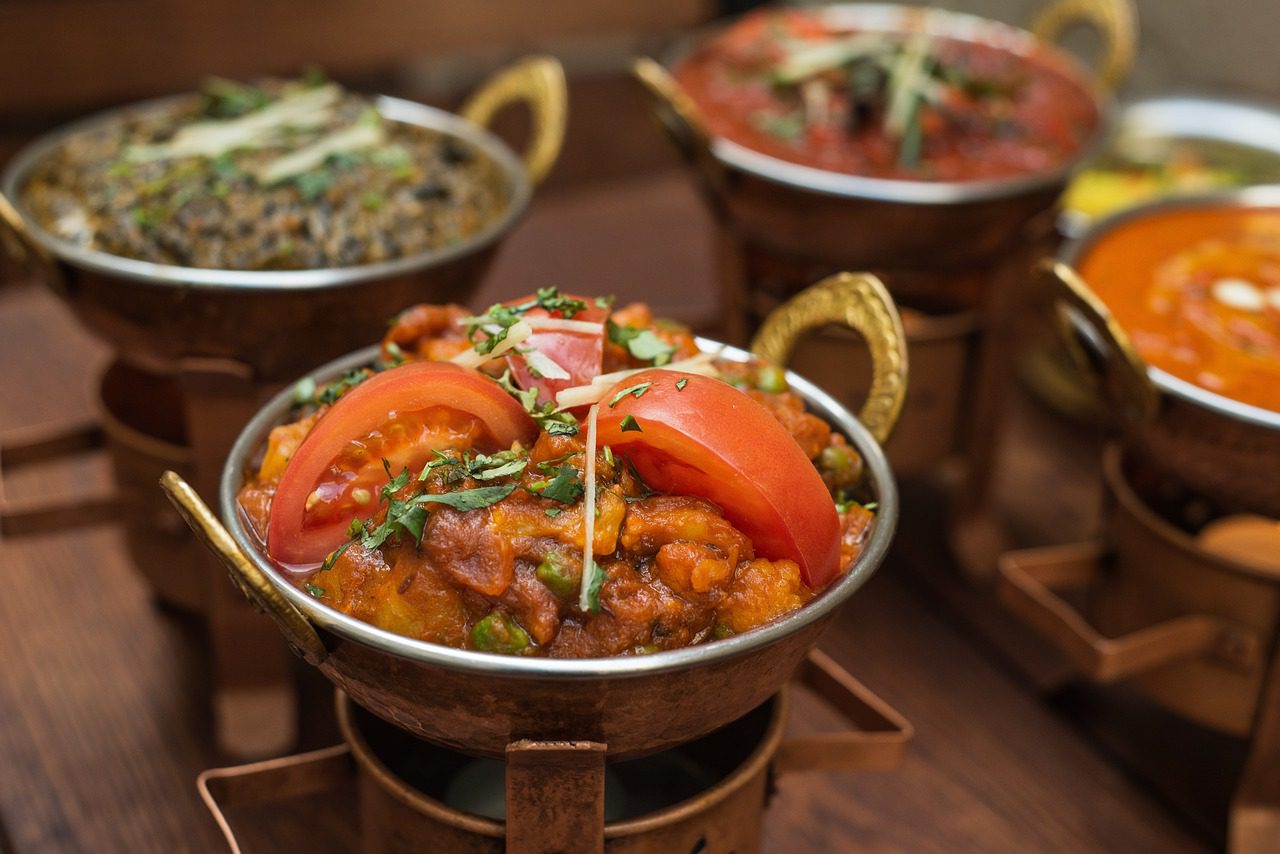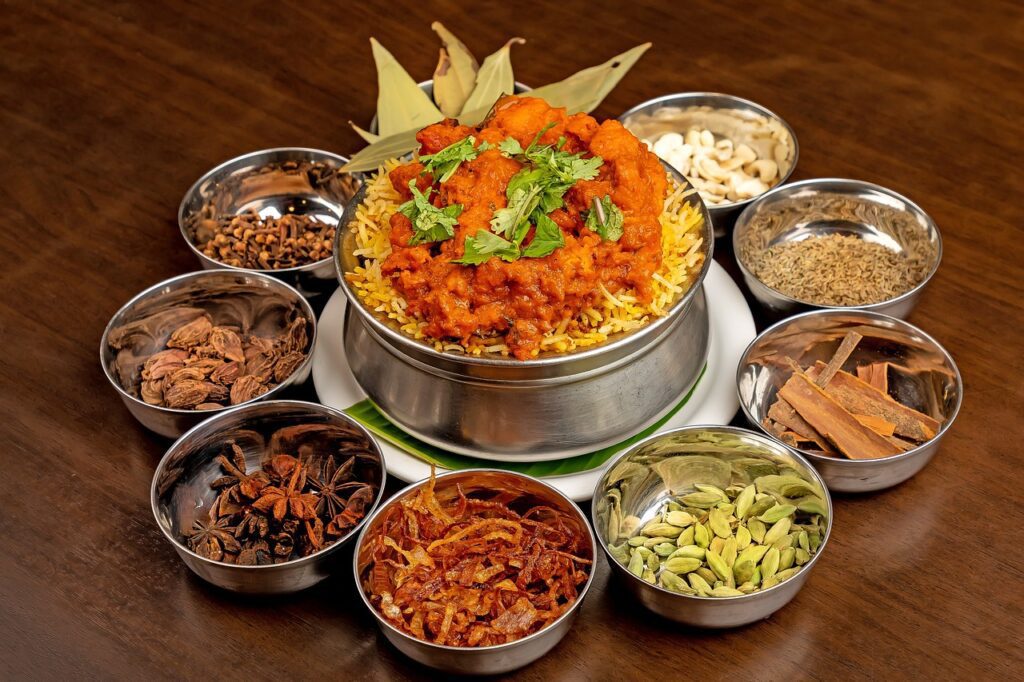
The rich flavours, vibrant spices, and cultural heritage of Indian cuisine have captured hearts across the globe. Whether it’s butter chicken, biryani, or masala dosa, the demand for authentic and innovative Indian dining experiences is growing steadily. For aspiring restaurateurs, opening an Indian restaurant is not just a business venture—it’s an opportunity to bring people together through unique dining experiences.
Assessing the Feasibility of Opening An Indian Restaurant
Opening an Indian restaurant may be an exciting idea, but first of all you need to figure out if it is a possibility.
Do You Have the Right Skills, Time, and Resources?
Running a restaurant is demanding. Before taking the plunge, ask yourself:
- Do you have experience in the food industry?
- Can you dedicate long hours?
- Do you have financial resources or access to funding?
You don’t necessarily need to be an expert chef, but you’ll need management skills, patience, and a willingness to constantly adapt.
Consulting Experts and Gaining Experience
If you’re new to the restaurant world, it’s a good idea to consult industry experts or even shadow a successful restaurateur. Consider taking a short hospitality management course or working at an Indian restaurant to gain firsthand experience.
Assessing Market Demand and Competition
Is there a demand for Indian cuisine in your area? Analyse your local market to identify gaps in offerings. Look at existing competitors and determine whether your concept will bring something fresh to the table.
Understanding the Indian Restaurant Business Model
A typical Indian restaurant earns revenue from dining, takeaway services, and catering. Upselling items like beverages and desserts can help boost profits.
Cost Structures: Fixed vs. Variable Costs
- Fixed Costs include rent, salaries, and licensing fees.
- Variable Costs cover food supplies, utilities, and marketing expenses.
Managing these efficiently is key to achieving profitability in your business.
Profitability Potential
Profit margins in the restaurant industry average around 5%-15%. By managing inventory carefully, sourcing ingredients at competitive rates, and creating a standout menu, you can maximise your profitability.
Market Research for Your Indian Restaurant
If you’re learning how to start an Indian restaurant in the UK, then you should look into your competition to understand the market you will be operating in.
Industry Trends and Insights
The rise of delivery platforms, demand for sustainable ingredients, and the growing popularity of vegan and vegetarian options are reshaping the restaurant industry.
Evaluating Demand and Competition
To succeed, you must evaluate both demand and saturation. Are there enough potential customers? What’s the pricing range in your region? You can also look at reviews of existing Indian restaurants to see what your competition is doing.
Regulatory Considerations
Ensure you comply with local regulations, including food handling licenses, hygiene certifications, and health inspections.
Choosing the Right Concept and Positioning

You will also need to figure out the ways in which you want your Indian restaurant to stand out.
Authentic vs. Fusion: Defining Your Concept
Will your restaurant serve traditional Indian dishes, or do you aim to add a fusion spin to your menu? Authenticity can attract purists, while fusion cuisine might appeal to adventurous diners. Take a look at a variety of Indian curry recipes so you can consider what might be right for your Indian restaurant.
Differentiating Your Restaurant from Competitors
A unique selling point (USP) is essential. It could be your modern twist on classics, local farm-to-table produce, or a unique dining experience inspired by Indian culture. You may want to consider learning how to open a virtual Indian restaurant, or how to start a fast food Indian restaurant.
Market Positioning and Brand Identity
The way you position your restaurant will define your success. Consider working on a memorable company logo design that reflects your brand and concept. This forms the foundation for creating a strong brand identity.
Planning Your Indian Restaurant
You will definitely need a solid plan in order to make your Indian restaurant a success, including an Indian restaurant business plan, and any legal requirements too.
Writing a Business Plan
A well-structured Indian restaurant business plan should include:
- Concept and vision
- Market analysis
- Financial projections
- Marketing strategies
Your business plan will also be crucial for securing funding.
Legal and Regulatory Steps
From food safety registrations to alcohol licenses, ensure you meet all legal requirements. Seek advice from a legal consultant if necessary to avoid any surprises.
Developing a Winning Menu
When figuring out how to open an Indian restaurant, your menu is one of the most important elements to secure your success.
Creating Your Menu: Balancing Tradition and Innovation
Your menu should reflect a mix of popular dishes and creative offerings. A concise yet diverse menu works best to maintain quality and operations simplicity.
Sourcing Ingredients and Pricing Strategies
Partner with trusted suppliers for authentic ingredients. Focus on quality while comparing pricing to keep costs manageable. Carefully price dishes to ensure profitability while staying competitive.
Financing Your Indian Restaurant
Financing is a crucial part of understanding how to open an Indian restaurant and making it a viable business.
Estimating Startup Costs
How much does it cost to start an Indian restaurant? Expect to spend anywhere between £100,000-£500,000 depending on location and size. This includes kitchen equipment, interior design, licensing, and initial inventory.
Funding Sources: Loans, Investors, and More
If you’re wondering how to start an Indian restaurant with no money, explore options such as small business loans, private investors, or even crowdfunding. Consulting others can be a big help with discovering how to start a small Indian restaurant.
Marketing Your Indian Restaurant

Marketing will allow people to find out about your Indian restaurant so you can attract customers to your business.
Branding and Creating a Memorable Identity
Strong branding plays a significant role in standing out. Build an identity that highlights your concept and values, and maintain it consistently across all platforms.
Building an Online Presence
Create a website optimised for SEO, focusing on keywords like how to open an Indian restaurant or Indian restaurant delivery services near me. Social media platforms are also excellent for showcasing your delicious dishes and help you on your journey to building an online Indian restaurant business.
Growth and Scaling Your Indian Restaurant
If your Indian restaurant is a success, then you can consider ways to grow your business, such as opening a new Indian restaurant or learning how to start a franchise Indian restaurant.
Expanding Your Concept
Once your restaurant gains traction, consider opening additional locations, launching a pop-up Indian restaurant, or even starting a delivery-only cloud kitchen.
Franchising Opportunities
If your concept has proven successful, starting a franchise restaurant could be a lucrative option to scale further. You can even offer curry themed gifts, such as recipe books or spice packs, to expand on your Indian restaurant business.
Take the Leap! Franchise or Open your first restaurant
Opening an Indian restaurant is certainly no small feat, but with careful planning and a vision to deliver, it’s incredibly rewarding. Use this guide as your roadmap to make your culinary dream a reality.

Share this Story
